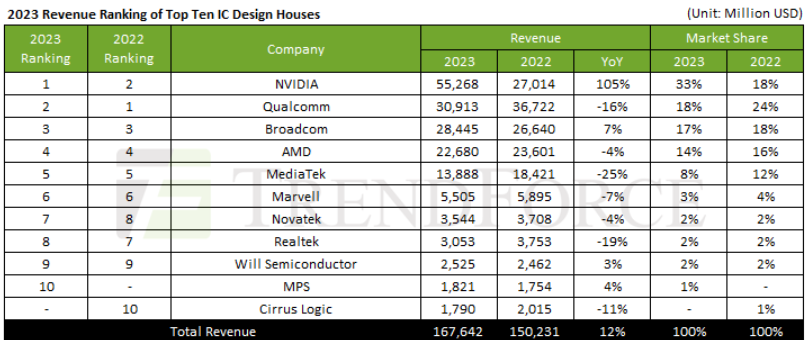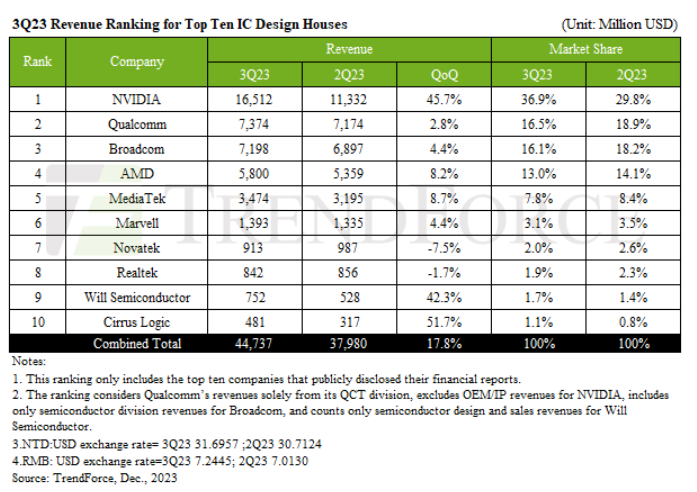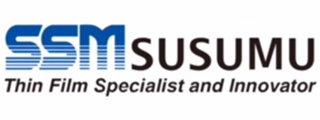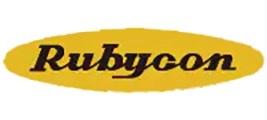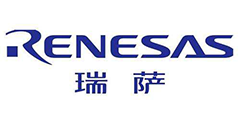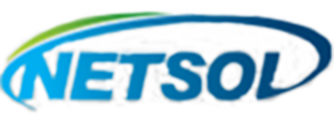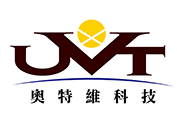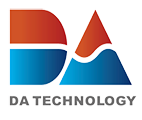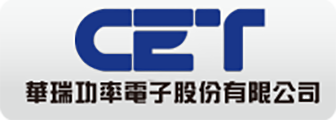IC Design Companies Seek Advanced Process Second Source, Overview of Competition Between TSMC and Samsung
According to TechNews’ report, Apple, NVIDIA, AMD, Qualcomm, and MediaTek all utilize TSMC’s semiconductor processes for manufacturing their latest chips, with some potentially employing Samsung’s foundry, though typically not for flagship products.

With Samsung’s improved yield rates in recent months, the company is eager to secure a portion of the orders, particularly for the 3-nanometer GAA (Gate-All-Around) process.
Earlier market reports suggested that Qualcomm’s Snapdragon 8 Gen 4 might adopt a dual-foundry strategy, simultaneously utilizing TSMC’s N3E process technology and Samsung’s SF3E process technology.
However, both Qualcomm and MediaTek currently plan to employ TSMC’s second-generation 3-nanometer process technology (N3E) for manufacturing chips like the Snapdragon 8 Gen 4 and Dimensity 4, without pursuing a dual-foundry strategy at this time.
As of the end of June 2022, Samsung announced the commencement of production for 3-nanometer process chips at its Hwaseong Industrial Complex in South Korea. These chips incorporate a new GAA transistor architecture technology, rumored to be more energy-efficient compared to TSMC’s 3-nanometer FinFET technology. Despite this, in the realm of 3nm, Samsung has yet to secure substantial orders from major clients.
Interestingly, the company has seen more success in the 4nm domain. It is reported that Samsung has gradually addressed yield and various issues in the 4-nanometer process technology domain. The third generation of 4-nanometer process technology has seen improvements in performance, reduced power consumption, increased density, and achieved yields close to TSMC’s level. Market sources indicate that Samsung has gained recognition from companies like AMD and Tesla, securing new orders.
Currently, TSMC’s 3-nanometer process technology production capacity is ramping up, with an expected monthly capacity of 100,000 wafers by the end of 2024. The revenue contribution is projected to increase from the current 5% to 10%.
Meanwhile, Samsung plans to introduce the second generation of its 3-nanometer process technology, named SF3 (3GAP), in 2024. Building upon the existing SF3E, it aims for further optimization, and Samsung’s in-house Exynos 2500 is expected to be one of the first high-performance chips to adopt this new process technology.
在线留言询价

Unveiling the Intricacies of IC Design
- 一周热料
- 紧缺物料秒杀
| 型号 | 品牌 | 询价 |
|---|---|---|
| TL431ACLPR | Texas Instruments | |
| CDZVT2R20B | ROHM Semiconductor | |
| BD71847AMWV-E2 | ROHM Semiconductor | |
| RB751G-40T2R | ROHM Semiconductor | |
| MC33074DR2G | onsemi |
| 型号 | 品牌 | 抢购 |
|---|---|---|
| IPZ40N04S5L4R8ATMA1 | Infineon Technologies | |
| ESR03EZPJ151 | ROHM Semiconductor | |
| BU33JA2MNVX-CTL | ROHM Semiconductor | |
| STM32F429IGT6 | STMicroelectronics | |
| TPS63050YFFR | Texas Instruments | |
| BP3621 | ROHM Semiconductor |
- 周排行榜
- 月排行榜
AMEYA360公众号二维码
识别二维码,即可关注


请输入下方图片中的验证码:

